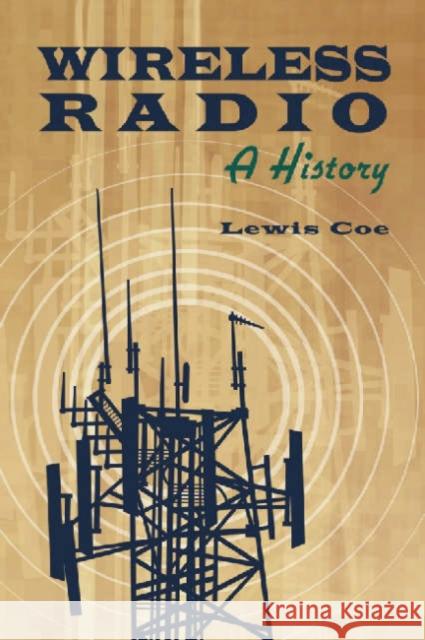Wireless Radio: A History » książka
Wireless Radio: A History
ISBN-13: 9780786426621 / Angielski / Miękka / 2006 / 204 str.
In 1873 Scottish physicist James Clerk Maxwell first advanced the idea that there might be electromagnetic waves that were similar to light waves, a startling concept to the scientists of his day. About 13 years later, German physicist Heinrich Hertz demonstrated in his laboratory that electromagnetic radiation did indeed exist. But it was not until after Hertz's death that a young Italian named Guglielmo Marconi got the idea for a practical communications system based on Hertz's work. Marconi was surprised and disappointed that the Italian government was not interested in his newly discovered wireless communications system, and thus he took his equipment to England. From that point on, the wireless became identified with Britain. From these beginnings, wireless radio became the basis of a revolution that has resulted in the satellite communications of today. This history first looks at Marconi's invention and then explores its many applications, including marine radio, cellular telephones, police and military uses, television and radar. Radio collecting is also discussed, and brief biographies are provided for the major figures in the development and use of the wireless.











